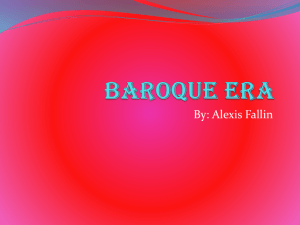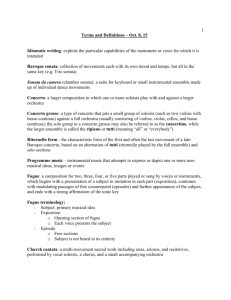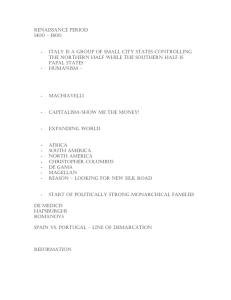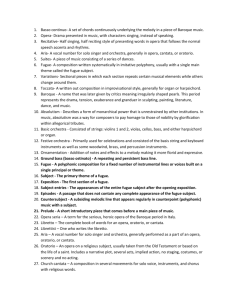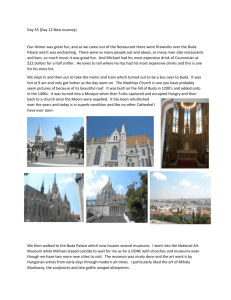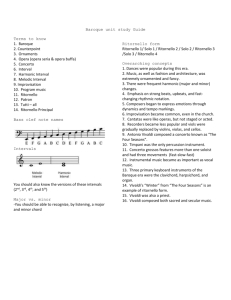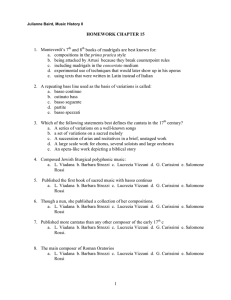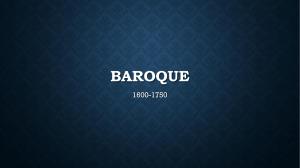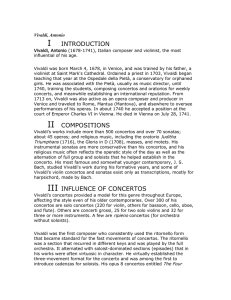Baroque Music History
advertisement
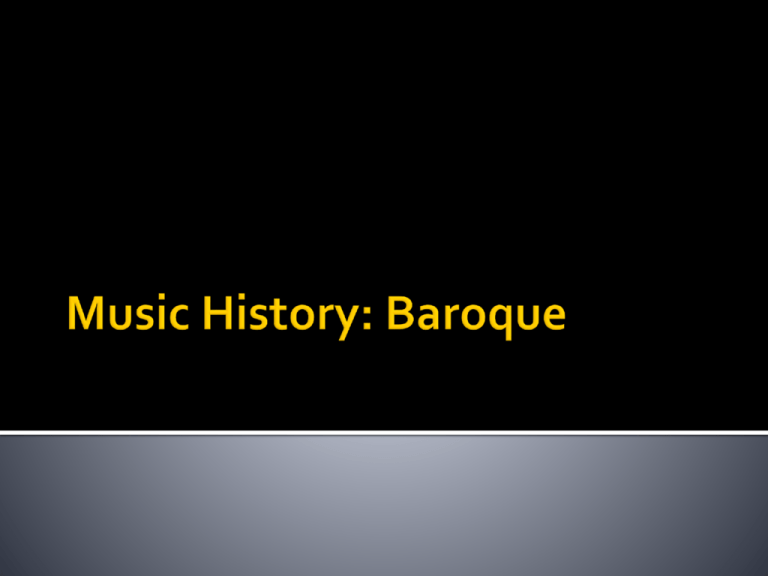
1600-1750 What is going on during this time? Western Art Music – Europe At the time, baroque translates to “oddly pear shappen” Now, just a catch all for a diverse music period focusing on ornamentation Contrast in dynamics Composer now specifies instrumentation, performer does not choose Single melody line and basso continuo Simplified complex lines of the Reniassance and had one main musical idea Basso continuo – bass line with shorthand notation indicating harmonies The power of music to communicate Focus of music still on the individual and emotion, but now the notes are the primary concern not the text Patronage Hired by political or religious institution National Style Countries play the same kind of music in different ways Public Concert invented Middle class musicians can start making more money Italy: Monteverdi, Frescobaldi, Corelli, Vivaldi, Domenico and Alessandro Scarlatti France: Couperin, Lully, Charpentier and Rameau Germany: Praetorius, Schein, Scheidt, Schutz, Telemann, Handel and Bach England: Purcell Vocal Opera Oratorio Cantata Instrumental Sonata Concerto Suite A drama that is primarily sung, accompanied by instruments, and presented on stage. Earliest opera still performed today is Claudio Monteverdi’s Orfeo (1607). First public opera houses opened in Venice in 1637 Altered to suit the preferences of the audience Solo singers took on a sort of celebrity status 18th century - two subgenres of opera opera seria - serious subject matter opera buffa - a lighter, even comic tone Most prominent country/kind of opera: the Italian Opera A work in several movements for one or more instruments (most frequently violins) and basso continuo Church sonatas usually comprised of four movements alternating between slow and fast tempos Chamber sonata consisted of a series of dances akin to the suite. The rise to prominence of solo sonatas for keyboard instruments begins late in the baroque period, including those for organ (Bach) and harpsichord (Handel, Scarlatti) a multimovement work for instrumental soloist (or group of soloists) and orchestra concerto grosso alternates a small group of soloists with a larger ensemble solo concerto featured a single instrument in contrast with an ensemble The most prolific composer of the solo concerto was Antonio Vivaldi, who wrote approximately 350 and established the concerto’s standard three-movement form (two fast outer movements, one middle movement in a slower tempo). While most solo concertos were written for violin, trumpet concertos were also popular, and concertos were also composed for cello, oboe, flute and bassoon
